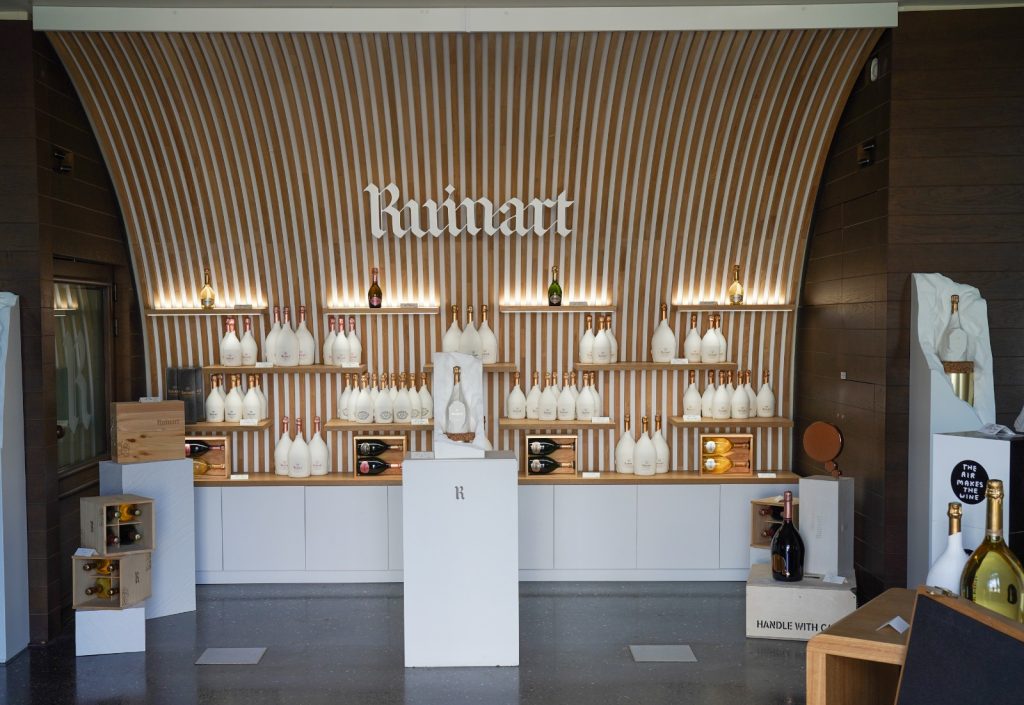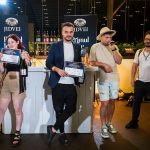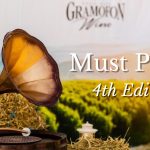Those who have entered the world of wine for a while have certainly heard the origin story of sparkling wines made in Champagne. Specifically, about a blind monk, Dom Perignon, who tasted a re-fermented wine in the bottle and exclaimed: "Come quickly, I tasted the stars!". After that he invented the pressure-resistant glass, the special stopper ("mushroom cork") and made sparkling wine fashionable at the court of Louis XIV. Those who love and studied wine for a longer time know that this is nothing more than a marketing story.
Dom Perignon, marketing for the abbey
The whole story above is, at best, inaccurate, and in some details it is simply false. And, even knowing these things, it recently served as an argument in the international protection of the terms Champagne and methode champenoise / methode traditionelle.
The story of the monk Dom Pierre Perignon was embellished, sweetened and exaggerated, more than a century after he passed away, by a monk of the same abbey where he lived, Abbey d’Hautevillers. Dom Groussard is the little marketing genius who transformed Perignon, in 1821, into the inventor of sparkling wine and author of many other inventions and innovations. The reason was simple – the abbey needed more visibility, attention and recognition, but also needed better funding from increased wine sales. The reinvention of Dom Perignon worked so well that its myth, invented (or at least greatly exaggerated) by Groussard was adopted in 1896 by the Trade Union to promote the Champagne region and its sparkling wine.
Dom Perignon, Dom Ruinart or Merrett?
In search of the exact facts, it should be mentioned that refermentation in bottles was a common problem in Champagne, as in any cool region, and the effects of refermentation were often disastrous. We are talking about the 17th century (Dom Perignon lived between 1638 and 1715), when there was no filtration, only racking, and in the colder areas, the early frost stopped the wine from fermentation at the end of autumn. The yeasts would be reactivated in the spring, when the wine was already bottled. Consuming the remaining sugars from the first fermentation, the yeasts often produced enough carbon dioxide to cause the bottles to explode. And, under the usual storage conditions, the explosion of a single bottle was enough to produce a chain reaction, affecting hundreds or thousands of bottles.
Christopher Merrett, an English physician, a member of the "Invisible College", a group of scientists who eventually founded the Royal Society, had written in detail about the second fermentation. In 1662, on December 17, Merret presented to the Royal Society a paper on winemaking, in which he described in detail the technology of producing sparkling wines by adding molasses to wines that had finished their fermentation, causing a secondary fermentation. The work, published in 1669, significantly predates the "controlled" production of sparkling wines from Champagne.
Meanwhile, the work of Dom Perignon and his colleague, Dom Thierry Ruinart, had sparkling wine as a secondary goal, their main mission being to prevent re-fermentation and, implicitly, to limit the losses it caused.

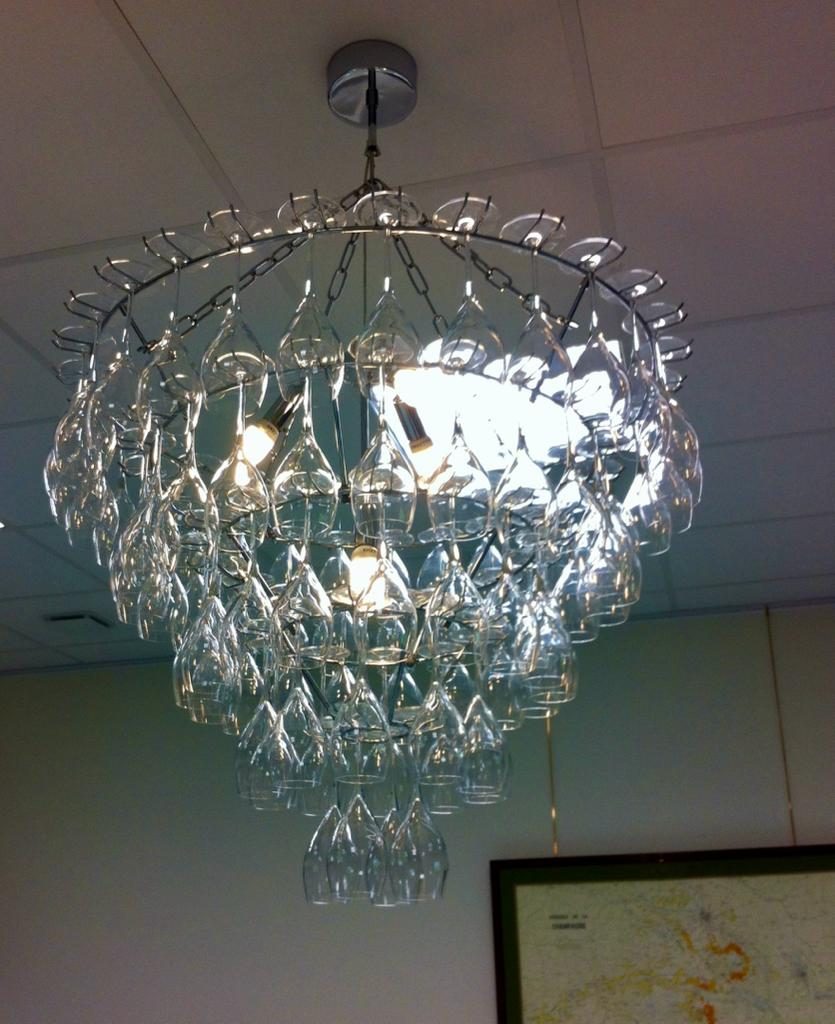
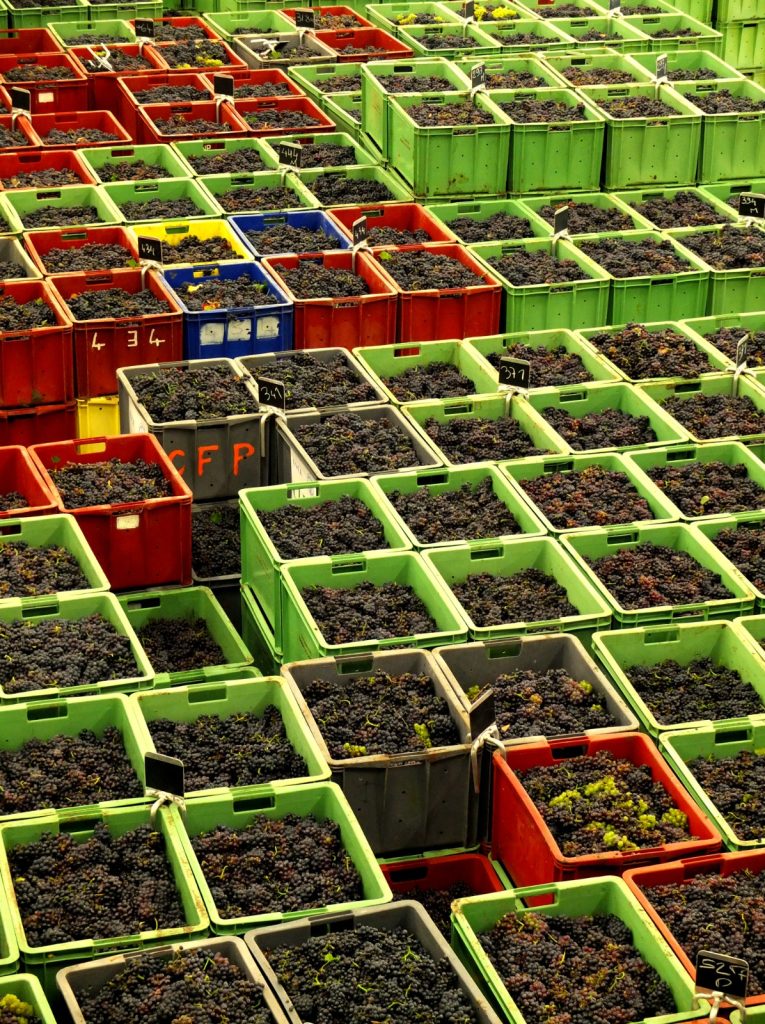
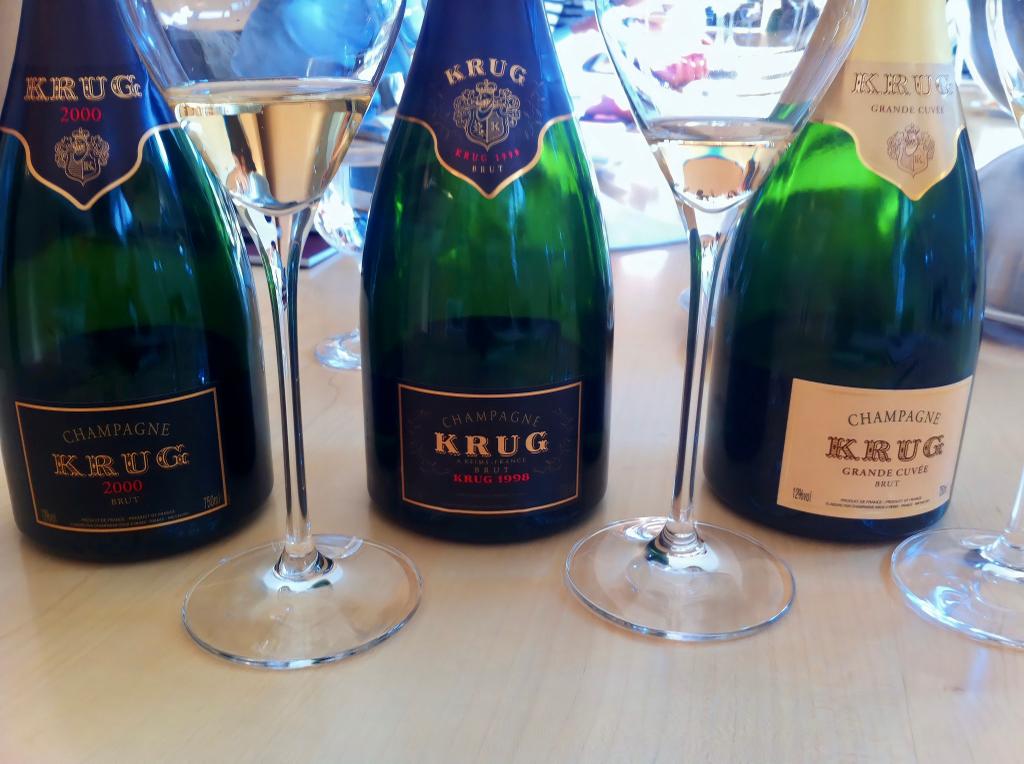
An advertising slogan beats an anonymous genius
Merrett’s fate was sad, and the promising young man who stood among the brightest minds of his time fell to the times. First came the Great Plague, which forced him to abandon the Physicians College and move to the countryside for a few years, then the great fire of London, in 1666, which destroyed the library where he worked and cared for. Although he managed to save some precious books, the library building and most of the books were destroyed, and his post was abolished. After years in court, trying to recover his position, he was expelled from the position of College fellow in 1681 (reason being that he did not participate in a meeting to which he was summoned) and, after another four years, he was also expelled from the Royal Society , this time for failing to pay his membership fee. He disappears into anonymity and his name is not remembered until recently, in the past few decades, when discussions about brands, designations of origin and patents were stimulated by a generation with a more democratic access to wine and information.
IInstead, the stories invented by Groussard catch on with the public, and Dom Perignon becomes the symbolic brand of the Champagne region. To clarify things – Dom Perignon was a simple monk at the abbey of Saint-Vanne, becoming cellar master of the D’Hautevillers abbey only after the transfer from Saint-Vanne, in 1668, six years after the public presentation of Merrett’s work. Indeed, under his leadership, the monastery doubled the area of its vineyard, and the work of Dom Perignon and Dom Ruinart essentially contributed to improving the general quality and stability of the wines. We know that, after his death, in 1718, Canon Godinot published a set of rules for winemaking that had been established by Dom Perignon. Among them, it was said that all high-quality wines must be made from Pinot Noir only, because the white wines were prone to refermentation. Also, Perignon had adopted the method of aggressive pruning, so that the vine did not grow more than one meter in height, he had determined that rotten or overgrown grapes should not be used for wine and he had discovered that the optimal time for picking is during cool mornings. Moreover, the grapes must be picked and transported carefully, to avoid any injuries.
There is no evidence that the quote "Come quickly, I tasted the stars" belongs to Dom Perignon, on the contrary, the first mention of the expression comes from an advertisement in the early 1800s. But it is a story you will hear again many times, as you will also hear about marmalade wine and other fairy tales. As long as it sells, the story will be told over and over again. And, to eliminate the last detail of the original story, Dom Perignon was not blind, but consecrated the expression "blind tasting", which initially did not refer to wines, but to grapes. The monastery also bought grapes from the neighboring vineyards, and Dom Perignon’s duty was to select the grapes for winemaking. Tasting them without knowing where they came from, he recognized their origin (at least in some cases), which seemed downright miraculous at the time. But it was not recorded anywhere that he had any eye problems…
Ruinart, the real revolution
In the second part of his life, Dom Thierry Ruinart, who had worked closely with Dom Perignon, arrives near Paris, at the abbey of Saint-Germain-des-Prés, an influential cultural center of the time, and comes into contact with the life of aristocrats, with the pleasures of secular life, discovering that "bubbly" wine is starting to become a fashion. It is unclear how much Dom Thierry Ruinart contributed to the creation of better bottles and stoppers and how much it came from other contemporaries, and it is not even possible to establish what contribution he had to the discoveries attributed to Dom Perignon, but it is certain that his dream was to establish a winery for sparkling wines. A dream fulfilled by his grandson, Nicolas Ruinart, who founded Maison Ruinart in 1727, a company that remained in the family for more than two centuries. In 1764, Ruinart sold its first rose sparkling wine in Europe, writing an important page in the history of sparkling wine. Currently, the company is part of the LVMH (Louis Vuitton Moet Hennessy) group, where the names Ruinart and Perignon were reunited, after centuries, under the same umbrella – Dom Perignon is today the most valuable brand in the Moet & Chandon portfolio.
